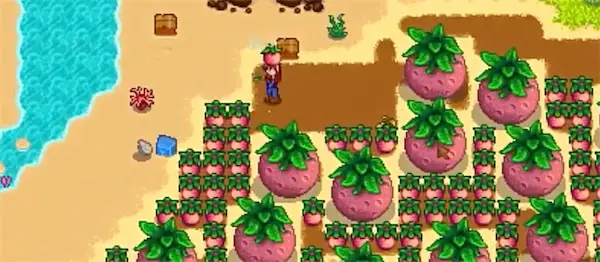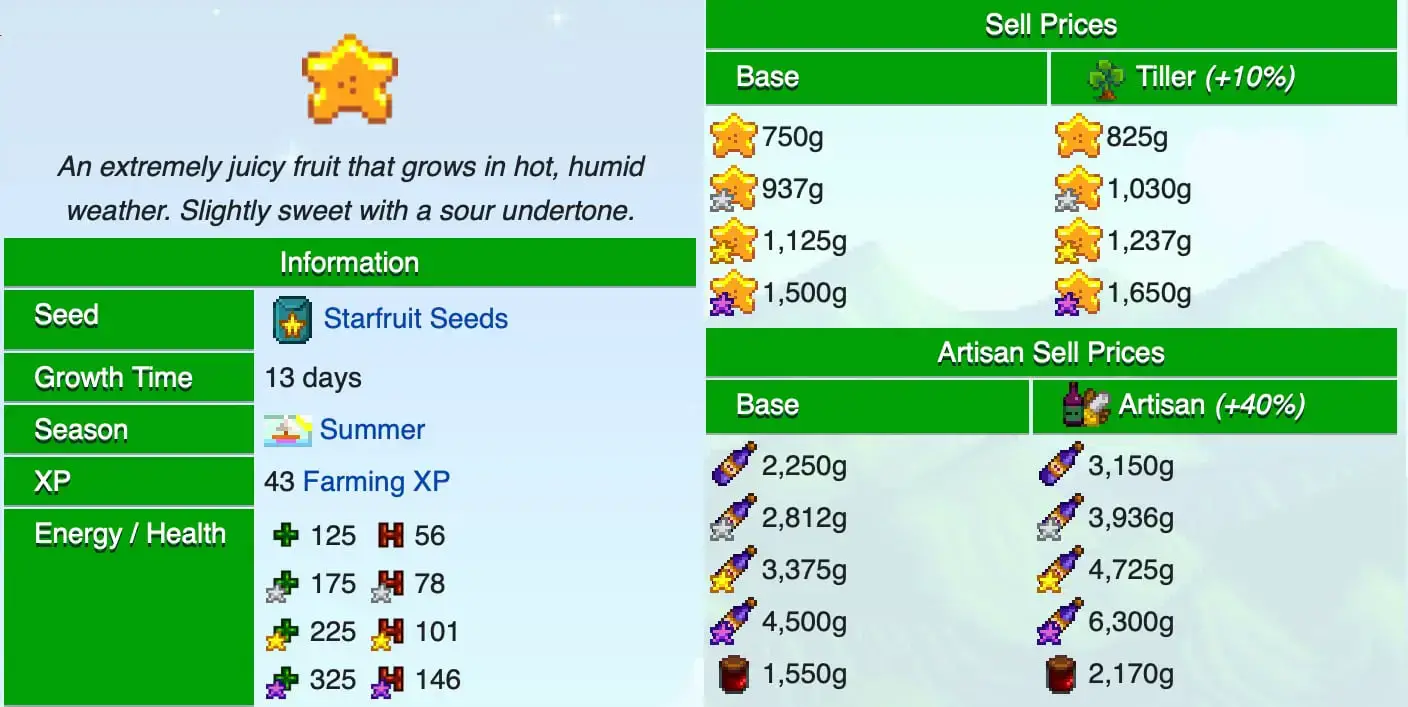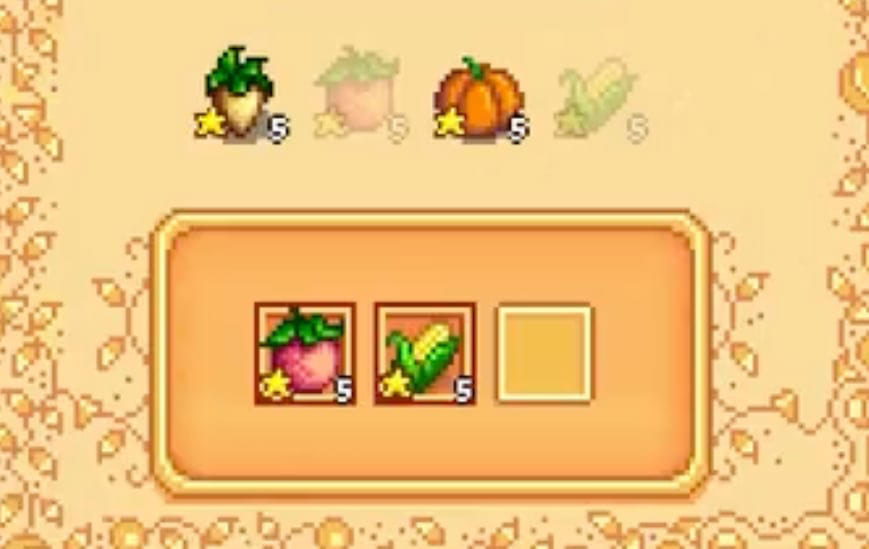A Deep Dive into Melons in Stardew Valley: A Comprehensive Guide
Stardew Valley is a game rich in choices, and one choice that stumps many players is which crops to plant. Today, we focus on a summer favorite: the melon. The big question is, should you be planting melons in large quantities during the summer season? Let’s delve into the details.

What are Melons?
In the pixelated universe of Stardew Valley, melons are a summer fruit. They appear similar to tomatoes but grow directly on the ground, resembling watermelons or cantaloupes. They mature in 12 days and provide 27 farming XP. The base selling price is 250g, which means you can expect a daily revenue of 14.17g per melon.
How do Melons Compare to Other Crops?
Let’s stack melons against pumpkins, an excellent autumn crop. Pumpkins take 13 days to mature and sell for a base price of 320g, with daily revenue of 16.92g. If you opt for artisan goods, a single melon will yield 970g from melon wine, while a pumpkin will bring in 908g from pumpkin juice. While melons have a lower base price, they benefit from being fruit, which usually fetches a higher multiplier.
Competition: Why Melons Aren’t the Best Choice
Summer in Stardew Valley isn’t as kind to melons as autumn is to pumpkins. The main competitor here is the Starfruit. If we’re comparing the same amount of land used for each, Starfruit is unbeatable in profits. However, acquiring Starfruit seeds requires a significant investment—you’ll need to unlock the Desert and spend over 40,000g on seeds, which cost around 400g each.
For newcomers, it’s almost impossible to consider Starfruit in your first summer season. If you do have access to the Desert, a Starfruit turned into wine fetches 2750g. In comparison, the same investment could buy five melon seeds, bringing in 4850g. If you have enough sprinklers and kegs, melons might be the better choice.

The Case for Hops
Another summer crop you should consider is hops. One plot of land dedicated to hops can yield 7080g, turning in 1416k in profits for 200 tiles—staggeringly higher than melons, which would yield around 380k for the same area. Hops also have the advantage of a lower initial cost and can be harvested multiple times in the season.
Melons Have Their Place
Melons are essential for completing summer crop bundles and quality crop bundles, especially since you’ll need five gold-quality melons for the latter. Melons are also good as a food source. A standard melon provides health and energy almost equivalent to a salad, and a gold-quality melon provides 91 health and 203 energy, nearing a Gold Star Cheese.

Relationship Boost with Penny
Melons are Penny’s favorite gift. Giving her a gold-star melon can significantly speed up your relationship progress with her.
Culinary Uses
Melons can be used to craft Fruit Salad and Pink Cake, loved by Haley, Jas, Vincent, and Marnie. However, these recipes come later in the game and have many substitutes.
Other Strategic Considerations
- Midsummer Expansion: If you find yourself expanding your farm with additional sprinklers by mid-summer, it’s too late for Starfruit and hops. Melons can be a good choice, setting you up for pumpkins in the fall.
- Giant Crops: You can attempt to grow giant melons or pumpkins for a potentially huge payout, although the chances are low.
- Demetrius’ Quest: On Summer 20, Demetrius offers a quest rewarding 550g and friendship points for a melon, which is essentially free money.
Final Thoughts
While melons have decent profit and multiple uses, they are not the best summer crop from a pure economics standpoint. However, they serve specific strategic and aesthetic roles in the game. Will you be planting many melons in your Stardew Valley journey?